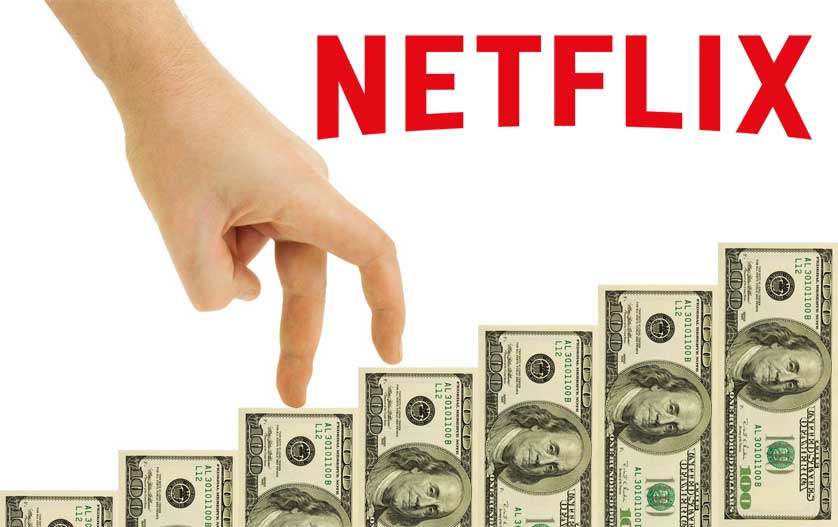A New Pricing Strategy for Netflix
Netflix has witnessed huge third-quarter earnings. This is partly realized by the success of the new pricing strategy of Netflix. Over the last years, Netflix has adopted the ‘bundling strategy’. The company has bundled its product with multiple hardware devices. Also, last year started bundling their service with other service providers like T-Mobile (Niu, 2018).
The bundling strategy is effective because the products which Netflix is bundling with, work together. Besides that, Netflix would have zero incremental costs, but will benefit of the additional sales. Lastly, the switching costs of leaving Netflix will increase when the company is bundled with another product.
A positive thing about bundling is the additional pattern of the cognitive bias ‘relativity’ (Lecture 3, Li, T). Companies can increase their sales because people really don’t know what they want until they see the context. If two bundled products are offered, the customer notices the advantage of buying both products together. Because of the fact that Netflix is an unlimited service, it is happy to receive any extra sales.
I my opinion, Netflix is executing a great strategy by bundling. However, Netflix might earn additional revenue by implementing a versioning pricing strategy. This is a second-degree of price discrimination and is about offering a product line and watch the choices of consumers. Netflix could offer different version of their services by providing different prices for a different amount of available movies and series. The segmentation is than based on self-selection and on willingness to pay for different versions. Additional revenue could be achieved by this.
So, Netflix should in additional to their bundling strategy, also focus on a versioning pricing strategy. By combining both, the company could achieve both extra sales and an increase in revenue.
https://www.fool.com/investing/2018/10/17/bundling-continues-to-boost-netflixs-subscriber-gr.aspx
Lecture 3, Information Strategy, Li, T.


